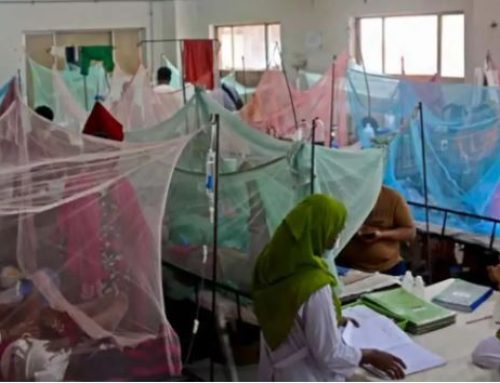Project Description
Author: Afrose et al.
Summary:
The National Tuberculosis Control Program (NTP) is one of the largest programs run by the state with many successes. However, underreporting is considered a real flaw of the current program. To report the characteristics and outcomes of TB patients registered in an upazila health complex in Kazipur, Sirajganj district, Bangladesh between September 2018 and February 2019 under the control of NTP was the objective of the study. This retrospective cohort study was conducted using routinely collected program data from the aforementioned site. Data retrieved from the hospital record form. Formal permission was obtained from the local authority. Consent statements and ethical aspects were waived due to the retrospective nature of the study. Analysis was performed using SPSS 20.0. A total of 207 tuberculosis cases were included with an average age of presentation of 43 years. Approximately 82.0% had pulmonary tuberculosis (PTB) and the rest had extrapulmonary tuberculosis (EPTB). PTB was more common in males, whereas EPTB was common in females (p=0.01). Of all cases, 84.0% were diagnosed by a positive sputum smear and 16.0% were diagnosed clinically with a negative sputum smear. Attendance at follow-up was 82.12%, 70.04% and 68.59% at months 2, 5 and 6 following index admission respectively. Overall, the cure rate was higher in PTB than EPTB [146 (85.9%) vs. 5 (13.5%), p<0.001). The rate of treatment completion was 25.1% (n=52) and the death count was 1.4% (n=3) [PTB-1.2 (n=2) vs. EPTB-2.7% (n=1)]. A gradual decline in reporting or completion of treatment was observed in this setting. However, a nationwide study is warranted to explore this issue in detail.
Status: Completed and published
Full text link: https://pubmed.ncbi.nlm.nih.gov/35780360/
Keywords: Tuberculosis, National TB control, Bangladesh, Health system




